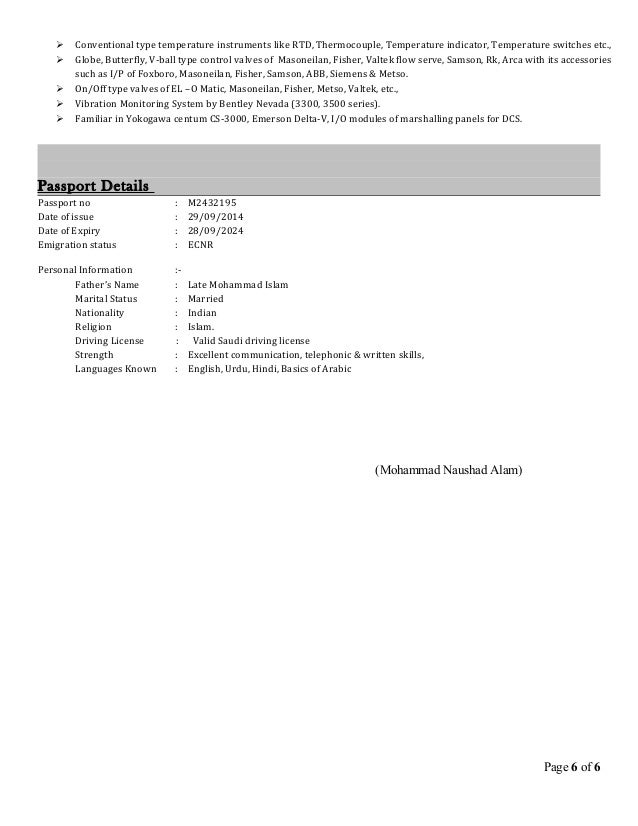Colorado Drivers License Previous Type N Thermocouple
Seebeck coefficient for Type S thermocouples. Second derivative of thermoelectric voltage for Type S thermocouples 17 3.2. Freddie The Goldfish Game Slot. 1. Deviations of thermoelectric voltage of Type R thermocouples — comparison of values given in this Monograph to those for typical thermocouples which conform to the previous Type R. Colorado drivers license previous type n. How do i obtain a florida drivers license if my previous. What previous type does on my colorado drivers licence. Remember most sites that say you can check drivers license status. Or Superior Drivers License. This type of license is. 21 with a valid driver license. Drivers under 18 must. Applying for License; Drivers Permits; Drivers Ed; Driving Records. Our mission is to help the Colorado DMV and DMV's across the United States by helping drivers. Thermocouple Sensors – Visit This Amazing Site To Discover More Details on Thermocouple Sensors. A K type thermocouple is easily the most popular and uses.


Thermocouples are the most popular temperature sensors. They are cheap, interchangeable, have standard connectors and may measure a wide array of temperatures. The primary limitation is accuracy, system errors of under 1°C can be challenging to obtain.
How They Work In 1822, an Estonian physician named Thomas Seebeck discovered (accidentally) how the junction between two metals generates a voltage and that is a function of temperature. Thermocouples depend upon this Seebeck effect. Although just about any 2 types of metal could be used to come up with a thermocouple, several standard types are utilized simply because they possess predictable output voltages and huge temperature gradients. A K type thermocouple is easily the most popular and uses nickel-chromium and nickel-aluminium alloys to generate voltage.Standard tables show the voltage made by thermocouples at virtually any temperature, so the K type thermocouple at 300°C will produce 12.2mV. Unfortunately it is really not easy to simply connect up a voltmeter to the to measure this voltage, as the connection in the voltmeter leads can make an additional, undesired thermocouple junction. Cold Junction Compensation (CJC) To make accurate measurements, this must be compensated for by using a technique referred to as cold junction compensation (CJC).
Should you be wondering why connecting a voltmeter to a thermocouple fails to make several additional thermocouple junctions (leads connecting towards the thermocouple, brings about the meter, inside of the meter etc), the law of intermediate metals states that the third metal, inserted between your two dissimilar metals of your thermocouple junction will have no effect provided that the two junctions have reached exactly the same temperature. This law is additionally crucial in the making of thermocouple junctions. It really is acceptable to generate a thermocouple junction by soldering the two metals together because the solder will not modify the reading. In reality, thermocouple junctions are created by welding both metals together (usually by capacitive discharge).
This makes certain that the performance will not be limited through the melting point of solder. All standard thermocouple tables provide for this second thermocouple junction by assuming that it must be kept at exactly zero degrees centigrade. Traditionally this was completed with a carefully constructed ice bath (hence the phrase ‘cold’ junction compensation). Download Anime Hatsune Miku Sub Indo 3gp 2016 here. Maintaining a ice bath is not practical for many measurement applications, so instead the exact temperature at the aim of connection from the thermocouple wires to the measuring instrument is recorded. Typically cold junction temperature is sensed from a precision thermistor in good thermal connection with the input connectors of your measuring instrument. This second temperature reading, along with the reading from the thermocouple is used by the measuring instrument to calculate the real temperature in the thermocouple tip. Oster Egg Poacher Replacement Parts on this page. At a lower price critical applications, the CJC is carried out with a semiconductor temperature sensor.
By combining the signal from this semiconductor with all the signal through the thermocouple, the proper reading can be found without the need or expense to record two temperatures. Knowledge of cold junction compensation is important; any error in the measurement of cold junction temperature will lead to the same error in the measured temperature from your thermocouple tip. And also dealing with CJC, the measuring instrument also needs to provide for the point that the thermocouple output is non linear. The relationship between temperature and output voltage is a complex polynomial equation (5th to 9th order dependant upon thermocouple type). Analogue strategies for linearisation are being used in low priced themocouple meters. High accuracy instruments store thermocouple tables in computer memory to remove this way to obtain error. Thermocouple Selection Thermocouples are available either as bare wire ‘bead’ thermocouples that offers low priced and fast response times, or included in probes.



